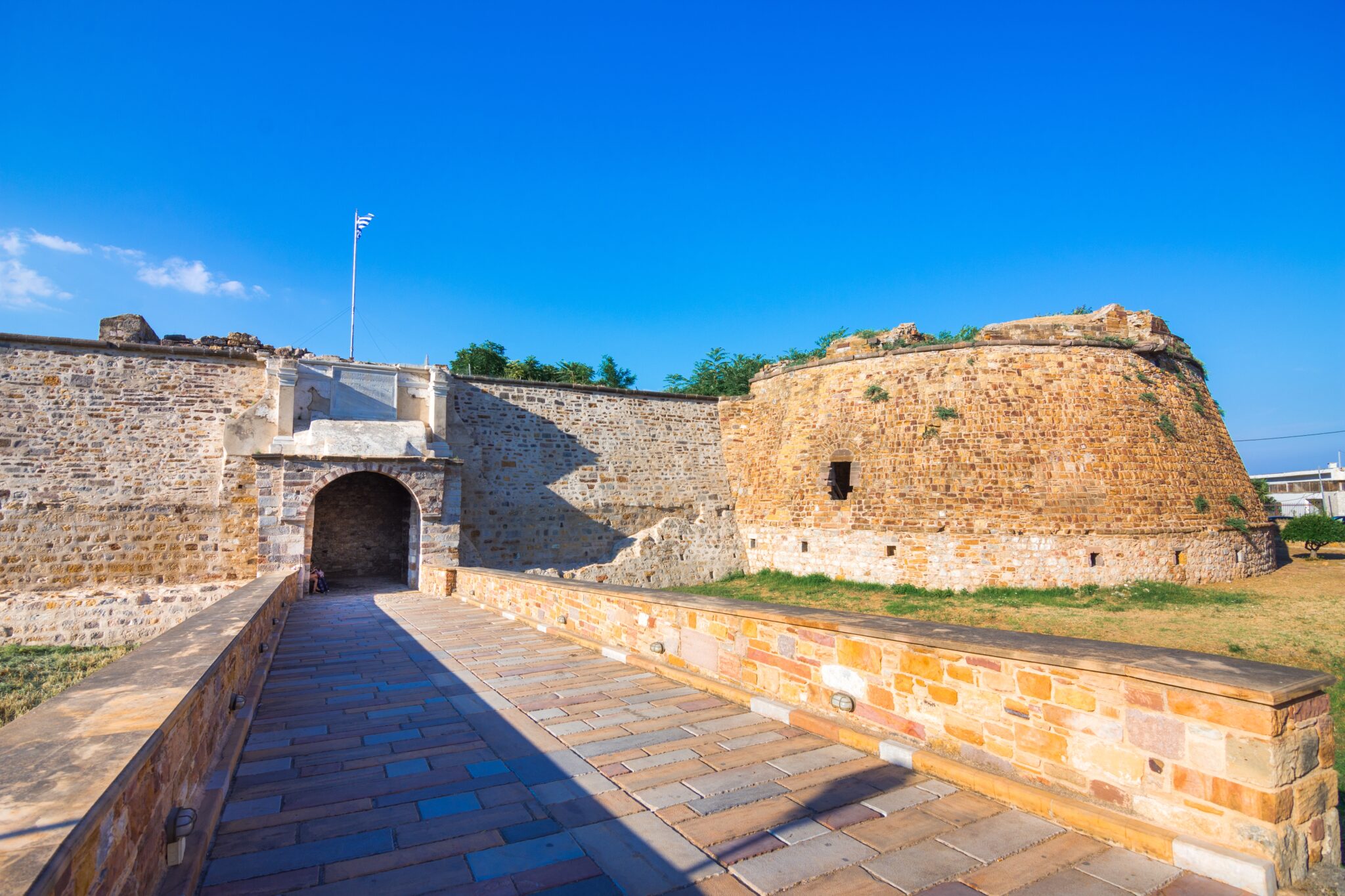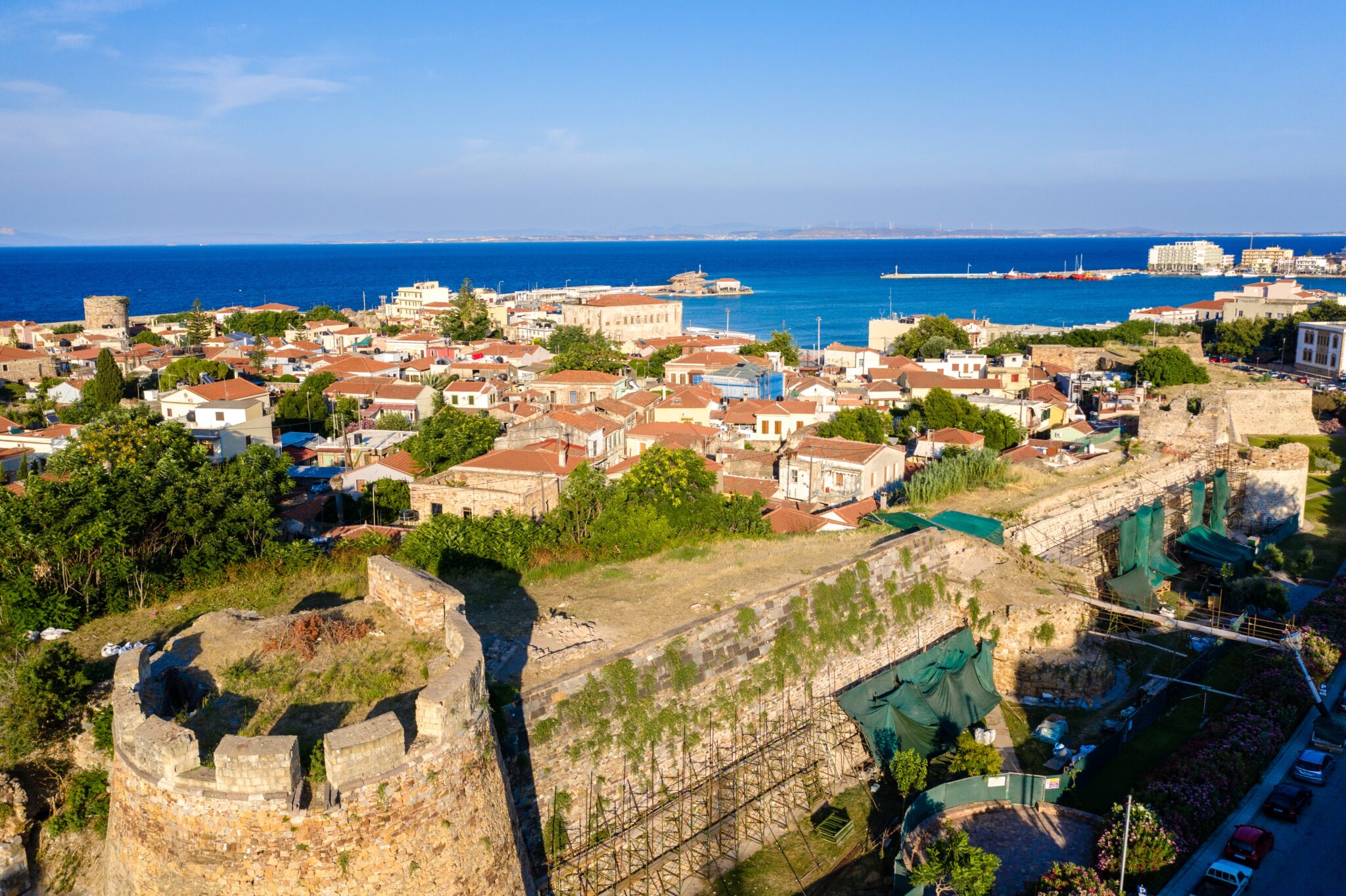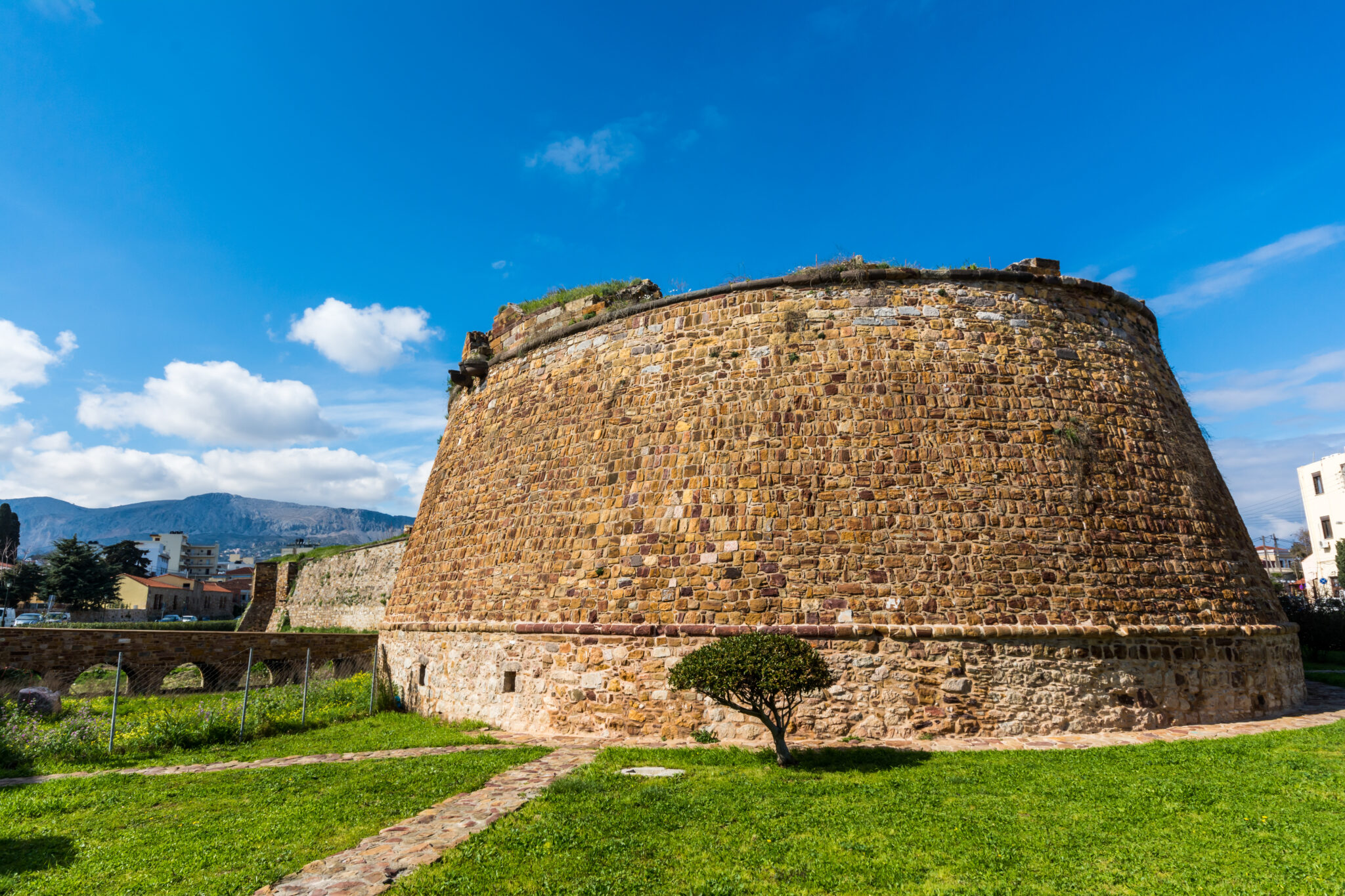If ever you find yourself on the island of Chios, there’s a sprawling castle at the north side of the city’s port that’s worth a look. But when I say ‘castle’, don’t picture a fairy tale fortress with an ostentatious moat and drawbridge. Instead, imagine a colossal, medieval structure spanning an area of 180,000 m² and, curiously, containing an inhabited area with a population of about 650. Who needs a castle when you can live in one, right?
A Brief Stroll Down Memory Lane
The castle of Chios has a history as layered as a Greek baklava. It was birthed by the Byzantines in the 10th century, presumably when they weren’t busy inventing Greek Fire. However, the structures that currently stand are the result of later construction and expansion work from the 14th to the 16th century, carried out by the Genoese. These industrious folks not only ruled the island but also had a keen interest in its commerce.
The first brick was laid in 1328 by the island’s Genoan lord, Martino Zaccaria. The castle then played a centuries-long game of musical chairs with various occupants, switching hands between the Byzantines, the Genoans, and the Turks, with a brief six-month stint under Venetian rule thrown in for good measure. It was as if the castle had a sign at the entrance saying, “Free real estate, first come first serve.
The Castle: A Brisk Tour
Entering the castle is a rather anticlimactic experience. You cross over a recently filled wide moat – probably to prevent tourists from getting an impromptu swim – through the Central Gate. This gate was reconstructed in 1694 by the Venetians, who apparently thought the original lacked a certain je ne sais quoi. Once inside, you’ll find an array of buildings that seem like an architectural smorgasbord. Tucked behind an arcade, you’ll find the Ioustiniani Palace.
It’s a 15th-century gem that’s been polished to a fine sheen with recent renovations and now hosts a commendable permanent exhibition. If you’re feeling a tad morbid, there’s also a prison and the tomb of Kara Alis. I’m not entirely sure who Kara Alis was, but I imagine he’s now a rather quiet neighbour. Strolling along the main road, you’ll find the Church of Saint George and, slightly northward, the Turkish Baths. They’re worth a look, but don’t forget your towel. Two other structures of note are the Krya Vrysi, a semi-subterranean water cistern that dates back to the Genoese occupation – an impressive piece of plumbing, if you ask me – and a tower known as “Kulas”.
So, next time you’re in Chios, drop by the castle. It’s more than a pile of ancient bricks; it’s a living history lesson. Just remember to tread lightly – the residents probably don’t appreciate noisy tourists.
Read also:
Chios: A Northern Aegean Island’s Flavorful Bounty
Chios’ Coast: Gorgeous Beaches of the North Aegean
Chios Island: Enchanting Accommodation in the Aegean









